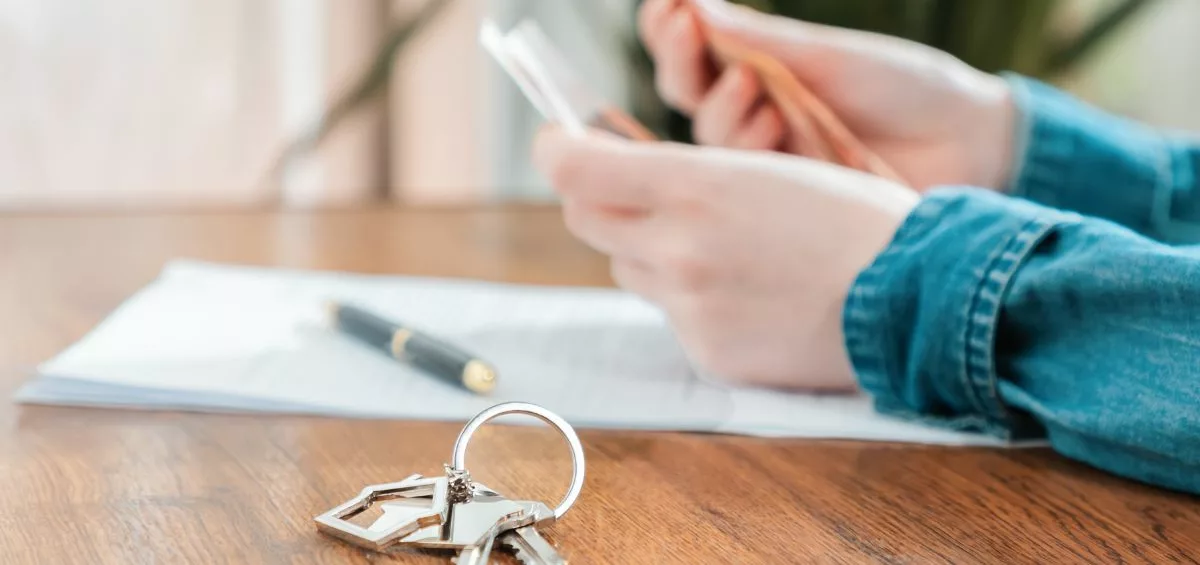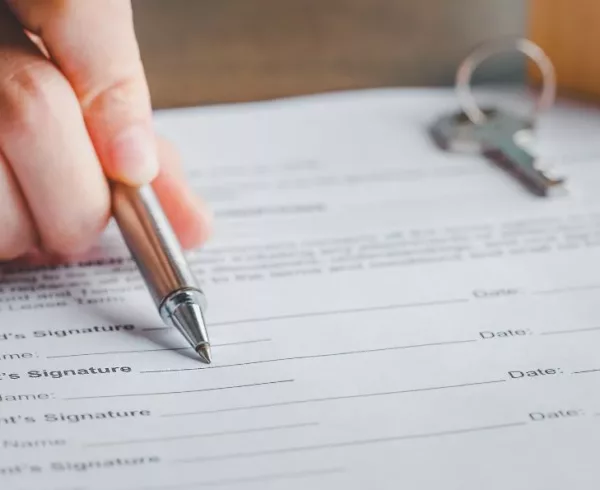UK landlords are required to protect their tenant’s deposits in a government-backed tenancy deposit protection scheme within 30 days of receiving it.
Failure to do so can result in penalties, with the courts ordering landlords to pay their tenants compensation of up to three times the value of the deposit, plus the original deposit back.
But how do you know if your landlord has protected your deposit? Below are CEL Solicitors’ top tips for checking if your deposit has been protected.
Check you received your documentation
Your landlord, or letting agent, should have sent you documentation regarding your deposit within 30 days of receiving it. This will normally include, which deposit protection scheme they’ve used, how you can get your deposit back at the end of your tenancy, and any other relevant information about the scheme.
If you didn’t receive documentation, request it from your landlord or letting agent
If you didn’t receive information regarding your tenancy deposit, then you should ask your landlord or the letting agency directly. They should be able to provide you with all the relevant details regarding the protection of your deposit and the scheme that was used.
Double check any documentation received
Check that the information, and timing of this information, meets the legal requirements regarding tenancy deposits. If your landlord or letting agent failed to adequately protect your deposit and provide this information to you, then you might have a tenancy deposit claim.
Contact the individual tenancy deposit protection schemes direct
If you’re unsure, and you’re not getting much clarity from your landlord, you can check the deposit protection schemes direct. There are three government-approved deposit protection schemes in the UK. These are, the Deposit Protection Service (DPS), MyDeposits, and the Tenancy Deposit Scheme (TDS). You can check online to see if your deposit is registered under your landlord’s name and the property address.













